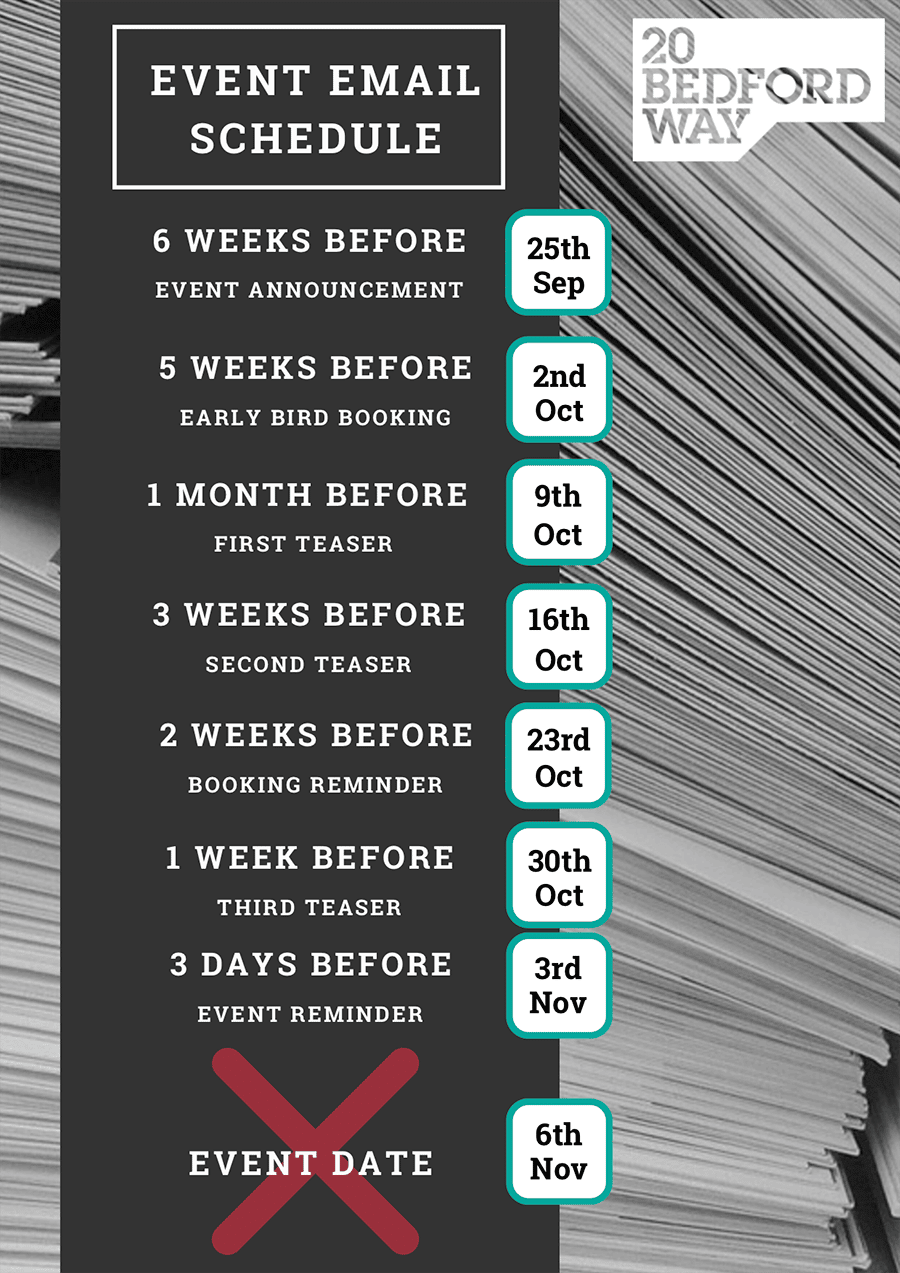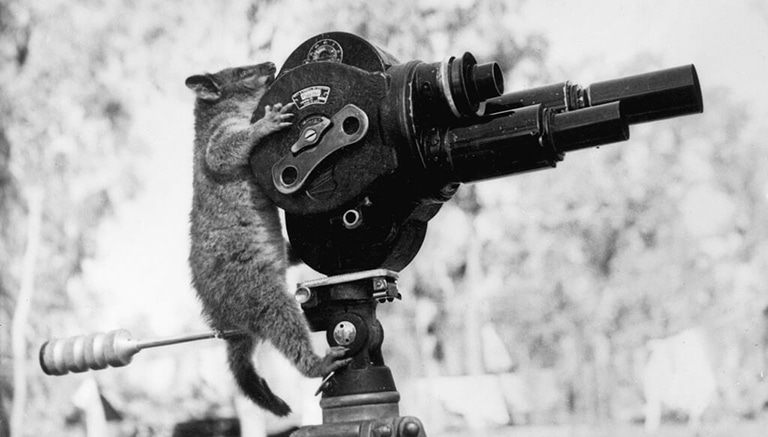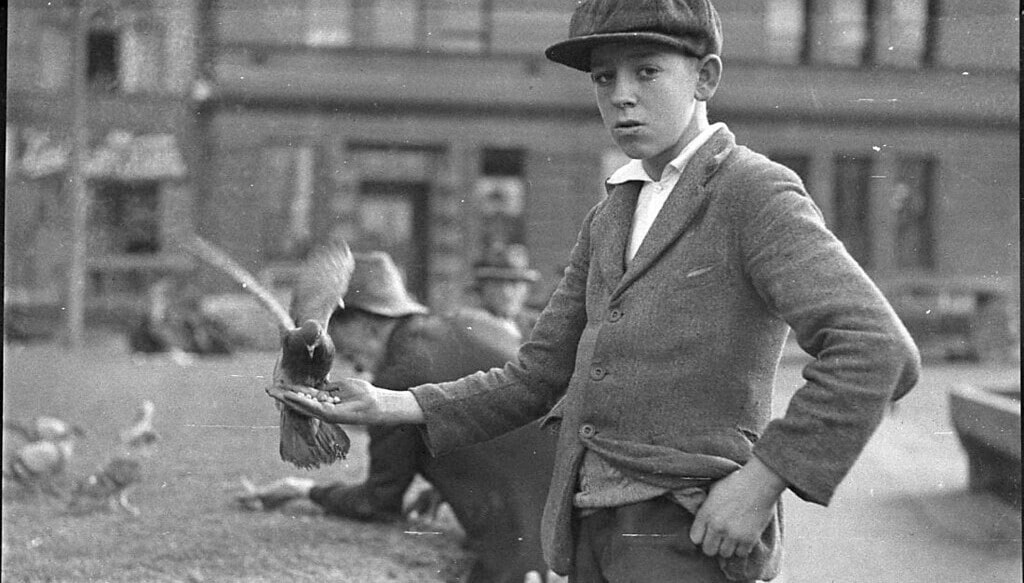A Complete Guide To Email Marketing For Events
No matter what type of event you are running, its success is down to the right people attending. This is the case whether you’re running an industry conference, a literature festival or a networking meet-up. One of the best ways to reach your audiences and increase event attendees is through email marketing.
But why use emails to promote your event? Eventbrite recently published some surprising email event marketing stats:
- 78% of event creators say email marketing is their most effective marketing tactic.
- For those who track it, 45% of event ticket sales can be attributed to email.
Creating successful email marketing campaigns to get people to come to your event requires time, effort and some expert event email marketing knowledge.
In this article, we’ll show you how to run an effective event email marketing campaign. We cover everything from the email design all the way to the messaging and delivery strategy.
Why email should be a part of your event marketing plan
Email marketing is just one of a number of creative event promotion ideas. Choosing the most appropriate and best-suited channels and content forms will ultimately help you to create a marketing plan for your event.
In the last few years, marketers have tended to lean heavily on social media channels and influencers to reach their audiences. This is often in combination with online paid advertising. Email is often neglected but can often be just as effective in reaching and engaging specific demographics.
Using emails in your marketing strategy still represents a massive opportunity for event promoters. According to an Endless Events study in 2018, 40% of event marketers believe email marketing is the most effective channel for promoting an event.
Combined with creative assets such as marketing videos or images, email outreach can be a great way to promote your event.
Looking for an event venue in central London? Contact 20 Bedford Way.
Pre-event email marketing
Using emails to promote your event before it happens can be a key part of any event marketing strategy. An event launch email or an event promo email to your mailing list members will alert them to your events and the great things that are happening at it.
The promo email is a great advert for attracting people to signing up for your event. In the email, you can trailer what is happening and who is appearing to build excitement.
Event registration emails are perfect if you want to allow your engaged event mailing list members to book into your event early. This is especially important if your event has limited spaces available. You may also want to offer discounted ‘early bird’ offers. Mailing list members will be grateful if you give them the opportunity to pre-book their space at the event.
Pre-event marketing email strategy
Your pre-event email marketing plan could consist of a number of communication emails to your mailing list. Here is an example of how to schedule inventive and engaging email communications in order to build awareness and excitement on the run-up to your event.
- Initial event announcement message
- Early bird booking opportunity for segments of your mailing list
- First teaser e.g. written interview from an event speaker
- Second teaser e.g. video footage from last year’s event
- A personal invitation email from the event organiser or a high-profile speaker that will be appearing at your event
- A reminder email to ‘book into the event now’ with a link to your event website booking page
- A short reminder close to the event date. This should include a map of where your event will be held and any other practical information such as transport links, event programme, a link to your event app and email addresses of keynote speakers that are available to answer questions.
Depending on the scale of your event, sending lots of emails can sometimes have a detrimental effect on how enthusiastic your potential event attendees are about the event. Carefully consider how many emails you should send out – you don’t want to inadvertently annoy your audience with too many messages delivered to their inbox.
An event promo email delivery schedule
It is useful to plan when you will send each email to your mailing list. Using a delivery schedule is a great way to plan out your messaging campaign. Each email should contain valuable information whilst also working hard to get people excited about your event.
Your schedule might contain a count-down to your event date. Working backwards from that event date, plan when you want to send each message. It could look a little like this.

A simple spreadsheet detailing each stage will help to plan when to send each email and what to include in each message.
Teaser content for your event email promo strategy
Teasing exciting content can be an effective tool in promoting your event. What better way to show off great creative assets than in an email that will land straight in the inboxes of your mailing list subscribers?
Here are some content ideas that can really help to draw attention to how amazing your event will be and bring it to life:
- Video footage/photos from your last event
- Video interviews from high profile speakers
- A list of everything that is happening at your event (an event programme)
- Behind the scenes content of how your event is being organised
- Interview with the event founder
- Personal messages from those involved in your event
- Positive testimonials from past event attendees
These ideas can be used in different combinations and orders to create an exciting run-up to your event.
Post-event email marketing
Once your event has ended, you can continue the conversation with your event attendees by sending them emails. This is a great way to keep people engaged with what happened at the event.
Post-event emails provide opportunities to carry on providing valuable and useful information. Ideally, you will be able to find and nurture event advocates by looking after the people that came to your event. If you continually give them free helpful and interesting content there’s more of a chance that they might share it with their friends.
There are several emails that you can send after the event has finished. Here are some ideas:
- Thank-you message – make your event attendees feel special with a message thanking them for coming to your event. Make it personal and record a short video.
- Post-event news – keep your attendees up to date with any outcomes of your event. This might be money raised for a. charity or any actions that came about as a result of talks or seminars. It might be just as simple as reporting on how many people came to your event and a summary of what happened.
- Slideshares from talks –Make the slides of any speakers available for download. This will be especially helpful for your attendees if the sessions were instructional. This can also be done with any other helpful creative resources such as images, video files or written notes in pdf form.
- Questionnaire – A survey or questionnaire is a great way to get feedback about your event. This can be an invaluable opportunity to find out what were popular elements of the event and how you can improve the next one.
- Next event information – your next event promo strategy starts as soon as the last one finishes. Trail the next event early on to start ramping up attention.
- Profile share – Provide links to the online profiles of keynote speakers and organisations that were at your event.
Note: Make sure you get permission to share any contact details, especially if they are personal.
Event email marketing tools
Finding an online mass mailing tool will help you to design, format, schedule and send your event promotion emails. There are several websites that provide free services for sending emails to mailing lists. Here are two good free options:
Mailchimp is an email marketing automation platform that allows a user to automatically schedule email campaigns to mailing lists of different sizes. The free account allows a user to send up to 10,000 emails per month to a maximum of 2,000 contacts. If you have more than 2,000 people on your list, Mailchimp offers different tiers of service that are charged at various monthly or annual rates. There are some basic customisable templates that can be used too.
Survey Monkey is an email service that allows a user to send unlimited questionnaires to a mailing list. The basic plan is free and allows a user to collect the first 100 responses. A user can upgrade plans at any time to see more responses. There are 13 formats of customisable question types that can be used including multiple-choice, text box and matrix with three people able to collect the responses with the basic plan.
Event email design
If you are looking for event email design inspiration, remember, simplicity is the key. Each email should contain some core elements. It’s a good idea to always include the following:
- A detailed description of the event.
- Time, location & other event details.
- The social media account links for the event.
- A simple but easy to see call to action button.
In terms of the overall look of your email, clarity should be a priority. Too many elements on the page will make the message hard to read. Remember that lots of people read their emails on mobile phones so making sure that your email is easy to read is extremely important. Creating buttons big enough to select on a mobile screen is a good idea too
Be sure to use the right branding consistently throughout the campaign with the correct colours and logos used for each email.
Another important part of email design is to make the design visually appealing and interesting. Using images, GIFs and memes can make your message more enjoyable to read.
In fact, a lot of recent email marketing research suggests that emails that include images have a much higher goal completion rate than those without. In this context, a goal completion represents the reader clicking on the call to action button in your message.

Using video in your email messages
Using video content in your emails is a great way to get people to open, read and also click on the call to action too. Here are some stats that support using video in your emails and message subject copy:
- An email with a video receives an increased click-through rate of 96% – Sprout Social
- Emails that use video for a direct call-to-action have a 53% higher click to open rate over emails without an obvious mention of video content – Marketo
- Email open rates rise from 7% to 13% when marketers used the word “video” in the email’s subject line. Experion
Top tip: If you want to include a video in the message, present it at the top of the page so that when people open the message, they don’t have scroll down to view it.
Event email marketing best practices
Segment your audience – Your mailing list will probably be made up of lots of different types of people. As a result, it’s logical to consciously speak or communicate to the different groups of people that make up your mailing list. Your audience might share a collective interest in your event but they’re not all the same. Treating them all as one big mass audience is a big mistake if you are trying to engage them.
It’s, therefore, a good idea to separate out members of your audience into groups (or segments) based on Location, age, event type, interests and how engaged they are with your event. This will give you the opportunity to provide the most valuable and engaging information for each segment of your audience.
Write engaging subject lines – According to coschedule.com, 35% of people open emails based purely on the subject line. To further punctuate how important subject lines are, 69% of people mark messages as spam based solely on the subject line. So, if you want to increase your email open rates across your audience, write subject lines that stimulate interest.
Creating subject lines that demand attention can be difficult, especially if you are sending lots of different messages throughout your event promotion campaign. Here are a few suggestions on how to write great subject lines:
- Personal touch – Using names, current locations, information based on interests or personal preferences in the subject line can help to increase open rates across your audiences.
- Subjects that create a sense of urgency – Create a sense of FOMO (fear of missing out) by using a subject line that includes a limited-time percentage off offers, discounts or deals on event tickets.
- Breaking news – Entice the click with intriguing news stories that relate to your event. This could be about a keynote speaker or just a new feature of your event.
- Disruptive question/statement – Another great way to encourage people to open your email is to pose a controversial question or statement. An example might be, ‘5 ways this event could help your business save millions’ or ‘Are you wasting your time going to all the wrong industry events?’
Note – Try to avoid exaggerated or hyperbolic language. Clickbait or sales/offer orientated subject lines can have a negative effect on open rates. `for example, “do you want to win £1000?” is very disruptive but is equally quite generic and ‘salesy’.
Position your assets carefully – If you want to include a hero image, GIF or video in your email present it straight away. This will help to grab the reader’s attention. Now that you have their attention hit them with a call to action. It’s always tempting to use a CTA as an outro but if you want the reader to do something after reading your email, position it higher up the page. Your audience reaction rates will be much higher if you do this.
Keep it Simple – Write short sentences using simple language to convey key information. Create easy to skim-read copy using headings and subheading titles, lists and easy to identify links (bold the anchor text so the readers can see that it is a link or even create a linkable button image and paste it into your email).
As we’ve mentioned, you should consider people reading your emails on mobile devices. A ‘thumb-friendly’ message design means only using one column of text, large clickable objects & assets and carefully positioned links throughout the message.
A / B testing – Sending unique versions of your email to the various segments of your audience gives you an ideal opportunity to test reactions based on how you make each message different. The unique elements you could test include when you send the message, subject lines, calls to action, and layout.
Testing will show you what your audience likes and reacts to as well as what they don’t like. Making tweaks to emails based on what you have learnt will help you to make incremental gains when it comes to engagement and ultimately could impact ticket sales too. Only test one element at a time as this will help you to track and attribute any changes in audience behaviour.
Using emails to help market your event offers great opportunities to reach your target audiences and increase engagement with them. Reap the rewards by using emails as an integral part of your event marketing plan. Hopefully, you’ve learnt a lot about email marketing for your events. Please Like or Share this article and spread the knowledge.
More marketing guides for event professionals
- A Guide to Getting Your Event Online: Event websites & platforms
- Content Marketing for Events
- Video Marketing for Events
- Using LinkedIn for Event Marketing
- How to use Facebook to market your events
- Instagram For Events: A Guide For Event Planners
- Using Social Media for Networking – A Guide for Event Professionals
20 Bedford Way: Event experts
Looking for a unique central London venue to hire for your next conference, training session, or performance? Arrange to come and have a look at our state-of-the-art facilities and discuss how we can make your next event the best yet. We are affordable, flexible and located in Bloomsbury with unrivalled transport connections. Call us today on 020 7612 6143.




